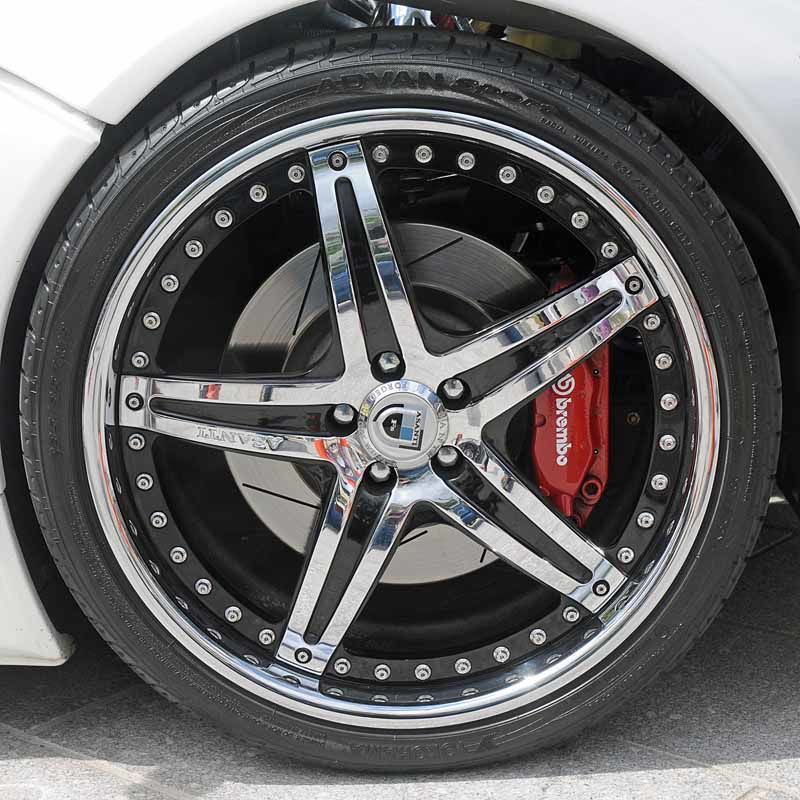Atoms spin backwards while flying along a surface
Ars Technica » Scientific Method 2019-09-23

Enlarge / Atoms are a bit like this wheel, but they spin backwards while moving forward. (credit: Ross Elliott / Flickr)
Have you ever noticed that when a car is filmed, sometimes the wheels appear to be turning backwards? For cars, having the wheels rotate in the opposite sense to the car's motion is an artifact. But, for atoms, it may actually happen.
Picture this
Let's set the scene. A flat sheet of metal, hanging in the vacuum: the camera pans to see a single atom moving flat-out a few nanometers above the surface. The electrons surrounding the nucleus of the atom push the electrons in the metal away from the metal's surface, creating a kind of bow wave of charge in front of the nucleus and a wake of charge behind it. What we're looking at is the very picture of a quantum salt flat racer.
The forces that generate the bow wave and wake are carried by virtual photons that are exchanged between the metal surface and the atom. In the exchange process, the atom will emit a steady stream of real photons in the direction of travel. The momentum kick from launching these photons slows the atom. This is, ultimately, friction for a single atom.